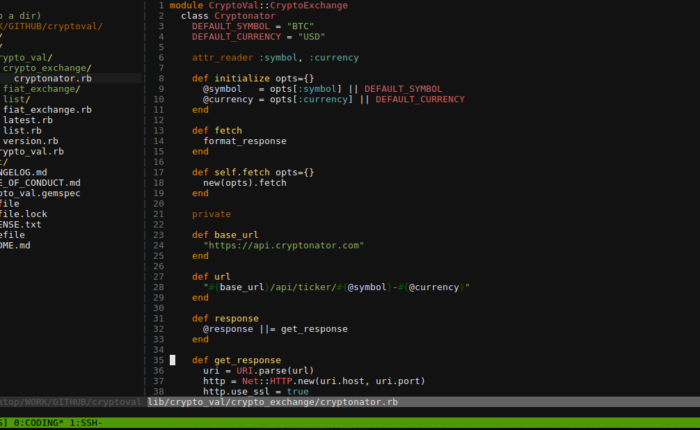One day at work I noticed that emails were taking much longer to be sent out from our app. I narrowed down the problem to our background queue which is responsible for sending out the emails. The solution prompted me to write this DelayedJob “survival guide”to help others who may encounter this issue in the future.
Asynchronous processing/background processing is an important part of a web application. This ensures that running code is not blocking the rest of the process if that code does not need to run synchronously. Common examples are sending emails or code that depends on a third-party API or service.



